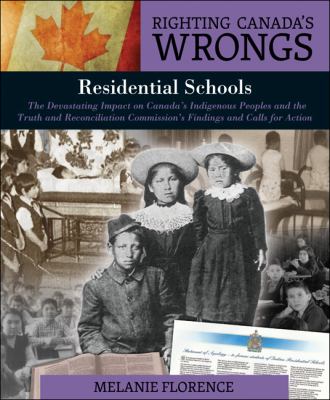
|
Residential schools : the devastating impact on Canada's indigenous peoples and the Truth and Reconciliation Commission's findings and calls for action
Copies
0 Total copies, 0 Copies are in,
0 Copies are out.
Digital Link
Authors
Subjects
Language
English







